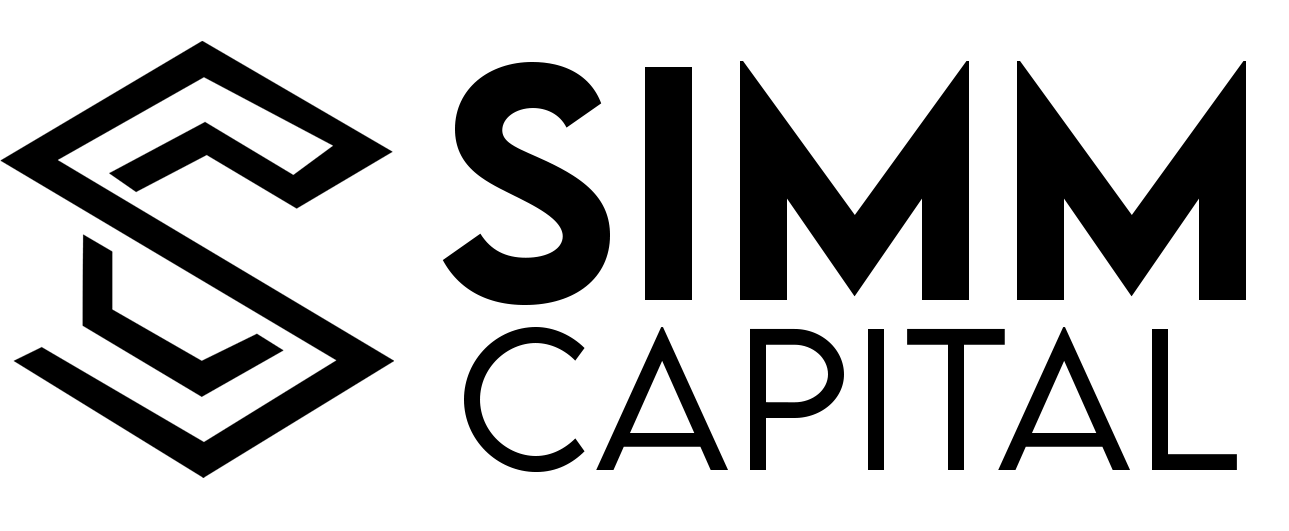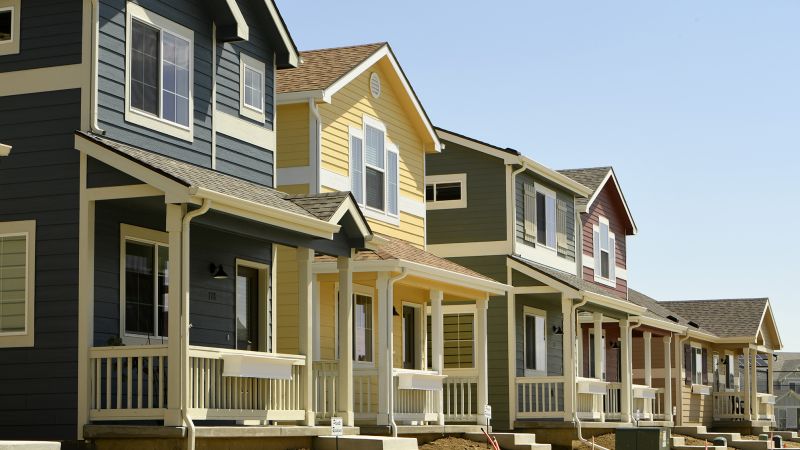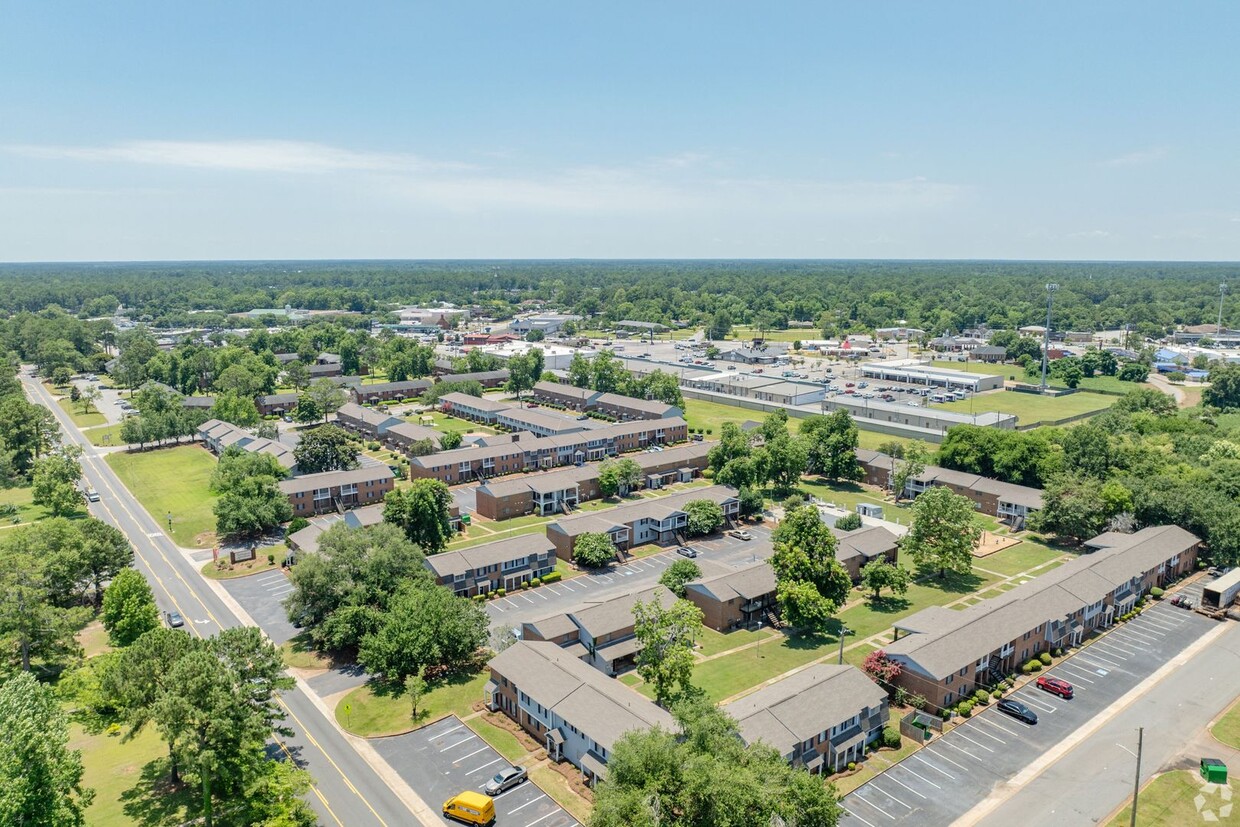Should You Invest In Affordable Housing? The Pros, The Cons And The Profitability
Should You Invest In Affordable Housing? The Pros, The Cons And The Profitability
Investing in real estate has a lot of appeal. It’s a good way to establish a regular rental income and can have a big payoff down the road when you decide to sell. An affordable housing investment is a way to get into real estate and provide housing opportunities for your community. If you’re interested in investing with a social justice angle or are investigating social entrepreneurship career opportunities through affordable housing, you’ve come to the right place. Keep reading to learn what an affordable housing investment is, different ways to pursue this type of investing and downsides to look out for.
What Is Affordable Housing?
The US Department of Housing (HUD) defines affordable housing as where housing costs (including utilities) run no more than 30% of a household’s monthly gross income. There’s a difference between HUD’s definition of affordable housing and general housing affordability, which does not have a strict definition. Affordable housing is also called low-income, subsidized or public housing. Affordable housing is in high demand, especially in areas where housing costs have rose but incomes haven’t kept up.
What Is Affordable Housing For Low-Income Households?
Access to HUD’s affordable housing programs is based primarily on income levels in relation to the area the property is in. Along with income, an individual’s age or physical disability can qualify them for housing assistance. When determining eligibility based on income, HUD uses a measurement called AMI – area median household income. AMI is determined by taking all household incomes in the area and calculating the midpoint. HUD then takes the AMI and breaks out income levels into categories. Let’s say an area’s AMI for a one-person household is $60,000. Here’s how HUD would categorize with this AMI:
- Extremely low income = below 30% of AMI (less than $18,000)
- Very Low Income = below 50% of AMI (less than $30,000)
- Low Income = below 80% of AMI (less than $48,000)
- Moderate Income = between 80% and 120% of AMI ($48,000 – $72,000)
What Is The Need For Affordable Housing?
There are families who need affordable housing all over the country. From cities to towns to rural areas, there’s a shortage of places for people with lower income, seniors and disabled people. According to a 2020 report from the National Low Income Housing Coalition (NLIHC), 10.9 million renters with AMI below 30% account for a quarter of all renters and 8% of US households. These renters are more likely than other renters to be seniors or people with disabilities.
For these 10.9 million extremely low-income renters, only 7.3 million rental homes are affordable. So, 1 in every 3 renters in this income bracket is out of luck. That’s without accounting for U.S.’s homeless population of over half a million. This is where affordable housing investment comes in.
What Is Affordable Housing Investment?
You don’t need to buy a multiunit building to invest in affordable housing. Affordable housing investment can be a part of your investment portfolio. Here are a few types of investors that can be involved in this opportunity:
- Builders/Developers: There are many government incentives geared toward building/developing affordable housing. Builders and developers can take advantage of these incentives and sell the property to other investors (more on that below).
- Passive Investors: If you have some money to invest, you can choose to invest in Real Estate Investment Trusts (REITs) that manage low-income housing (more on that below).
- Landlords: If you already own a rental property, consider accepting Section 8 vouchers to help future tenants afford to live in your property.
How Do I Become A Low-Income Housing Developer?
If you’re interested in developing low-income housing and you’re not super experienced, it’s best to start small. Take what you’ve learned from one property or situation and apply it to the next. If you’re already in the developing business, there are still a few things you can learn that apply to affordable housing. Here are a couple tips to get started, whether you’re a new developer or a seasoned pro.
Buy Cheap Properties
The best way to begin is to find bargain properties in areas that have a lot of need. Searching on HUD homes, HomePath homes and foreclosures are great ways to get started. Work with a real estate agent or REALTOR® who is familiar with the area. They can be great sources of information to find bargain properties that are good candidates for renovation. Expect that these cheap properties will need repairs. If you’re an experienced developer, you probably already know this, but it’s essential to have contacts you can call to inspect the property as well as make the necessary repairs. Be able to calculate if the purchase price plus repair costs is worth the investment. By starting with a cheap property, you can dip your toe into developing low-income housing while potentially taking on less risk.
Learn About LIHTC, Section 8 And HAP
You need to familiarize yourself with different government incentives for affordable housing and its development. Section 8 is the HUD voucher program that subsidizes the monthly rent for low-income renters. If you’re a nonprofit developer, you should especially be aware of Section 202 and Section 811. Section 202 provides an interest-free capital advance (or loan) to developers building affordable housing for the elderly. Section 811 provides an interest-free advance, as well as operating subsidies, to developers of affordable housing for those with disabilities.
Developers should also be aware of the Low-Income Housing Tax Credit (LIHTC). This tax credit program subsidizes the development of affordable rental properties. Many property types are eligible. Further eligibility is determined by the income levels of the tenants. Checking with the state and local governments is another good call. These agencies may have additional incentives or resources to encourage affordable housing development. You may also make connections on a community or local level to help sponsor the build.
How Can I Passively Invest In Low-Income Housing?
Passive investment in real estate is having a financial investment in properties without having the responsibility of managing them. This type of passive investment usually involves trading in publicly traded REITs, investing through crowdfunding or investing in real estate mutual funds. Social purpose REITs are a great way to start passively investing in affordable housing. Sign up for a brokerage account and do some research to find a REIT or mutual fund that suits your interests.
Is It Profitable To Invest In Affordable Housing?
There are many misconceptions when it comes to investing in affordable housing. Some people may associate affordable housing with low-quality tenants and lower profits. The thing is these aspects can be true for any real estate investment. If you do your due diligence and invest smartly, there are many upsides to investing in affordable housing.
Profitability
The need for affordable housing is prevalent. Buying, renovating, then renting affordable housing has a chance to turn a profit. Like any real estate investment, you need to know how much you’re investing and what your margin is. That margin may make renovating an old property more practical than building from the ground up. With accepting Section 8 vouchers, you need to run the math on how much you can charge. These rental vouchers cover a percentage of a tenant’s rent depending on AMI. There may be a potential cap rate on affordable housing investments.
Recession Proof
Demand for affordable housing exists in both hot and cold real estate markets and can exist in a variety of areas. While luxury housing may seem like a more appealing investment to some, it’s more susceptible to market shifts. If there’s an economic downturn, the demand for affordable housing may increase, where demand for luxury housing can plummet.
Government-Backed
Affordable housing is backed by the government, which removes a lot of risk. Section 8 vouchers mean the government makes direct payments to the landlord. If a tenant loses their job, these payments will still be made to the landlord.
What Are The Downsides To Affordable Housing Investments?
When it comes to affordable housing, there are special considerations investors need to make. A little bit of research and preparation can go a long way.
Costly To Build
For developers, it can be almost as costly to build new affordable housing as it is to build housing geared toward middle-income wage earners. It may be a better business decision to renovate an existing property than to deal with high construction costs.
Zoning Restrictions
In many communities, zoning laws and regulations can make it difficult to build affordable housing. Many affordable housing units are in larger, multiunit buildings. Regulations around lot size and square footage can be difficult for builders to overcome.
Management Issues
Affordable housing adds another layer of management in the form of government bureaucracy. This can make things take longer, whether it’s applying for funding or seeking new tenants. The income per unit is reduced for affordable housing, which means repairs take up a larger percentage of profits. Most successful low-income housing landlords manage their own properties to cut down on property management fees and repairs.
A Word About Opportunity Zones
If you’ve spent much time in the affordable housing investment space, chances are you’ve heard about opportunity zones. Opportunity zones off the chance for investors who’ve experienced huge capital gains elsewhere to invest in properties to avoid paying the capital gains tax. Opportunity zones were created to encourage long-term private investment in economically distressed areas. After 10 years, the investor enjoys a permanent exclusion from taxable income for the capital gains invested in an opportunity zone or opportunity fund.
The Bottom Line: Affordable Housing Impacts Communities And Can Be A Reliable Investment
Whether you’re a builder, landlord or passive investor, affordable housing provides an opportunity to invest in real estate with steady demand. Special considerations may need to be made for builders and landlords, but there are also many benefits that come along with affordable housing. If you’re interested in investing in real estate, REITs that specialize in affordable housing could be a good add to your portfolio. You can feel good about investing in something that’s a positive for a community and know that you’re making a stable financial decision at the same time.
Real Estate – The safest investment in the world.
Why venture down this road alone. Rely on those that know the business, We live it and breath it – at SIMM Capital our investment strategy is to seek the best assets that hold the largest opportunities to improve on management and value, delivering in rent growth year over year that will result in cash out refinance events and high quality returns. We know the business. To see how we can help you click the link – www.simminc.com




Recent comments